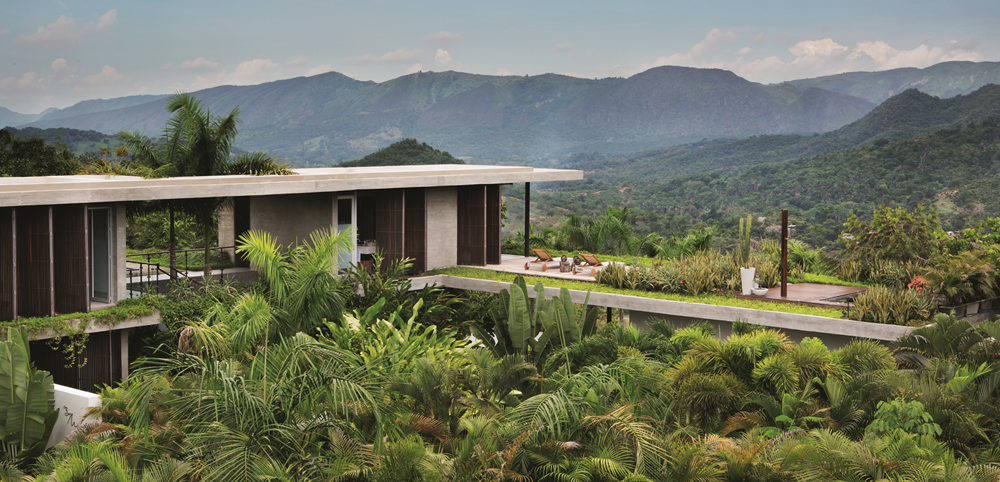Designing for life in the mountains means a marriage between beauty and danger.
That’s the thesis of a new book from Phaidon Press called “Living in the Mountains.” It features 50 homes on six continents – built in both tropical and alpine environments.
“They’re challenging places to build in and survive in,” says Virginia McLeod, executive commissioning editor, architecture and design at Phaidon. “What kind of architecture protects people from an environment that could be very dangerous?”
That’s a question that some well-known designers, as well as some lesser-known ones, have tackled here. “We’ve got big-name, established architects like Pezo Von Ellrichshausen, Peter Zumthor, Olson Kundig and Rick Joy, but also the best of the current generation of younger architects – studios like Tatiana Bilbao, Studio KO, and Fearon Hay,” she says.
The idea was to collect some of the very finest residential designs in mountain environments – with place-making where people don’t just survive their surroundings, but enjoy and thrive in them.
There’s no doubt that these can be life-threatening places, but that’s part of the appeal, for both designers and clients. “Architecture is a clever human tool to take on dangerous environments,” she says. “And these are places to have incredible experiences.”
That seems to be the mountains’ universal appeal: People want to spend time on them, because they speak to them. “They don’t just want to visit them, but to create a safe space to be one with the mountain,” she says.
So does the commissioning editor have a favorite? Actually, she has more than one. “As a fan of cold weather, and a lover of escaping from the city on a regular basis, I’m drawn to the cabins and modest retreats like Cabin Norderhov in Norway by Atelier Oslo, Alpine Terrace House by Fearon Hay in New Zealand, and a tiny black timber retreat in the Scottish Highlands by Raw Architecture Workshop,” she says.
Those three – plus 47 more lavishly photographed homes – are potent reminders of the power of architecture to co-exist with the world in which we live.
For more, go here.
[slideshow id=2210]

